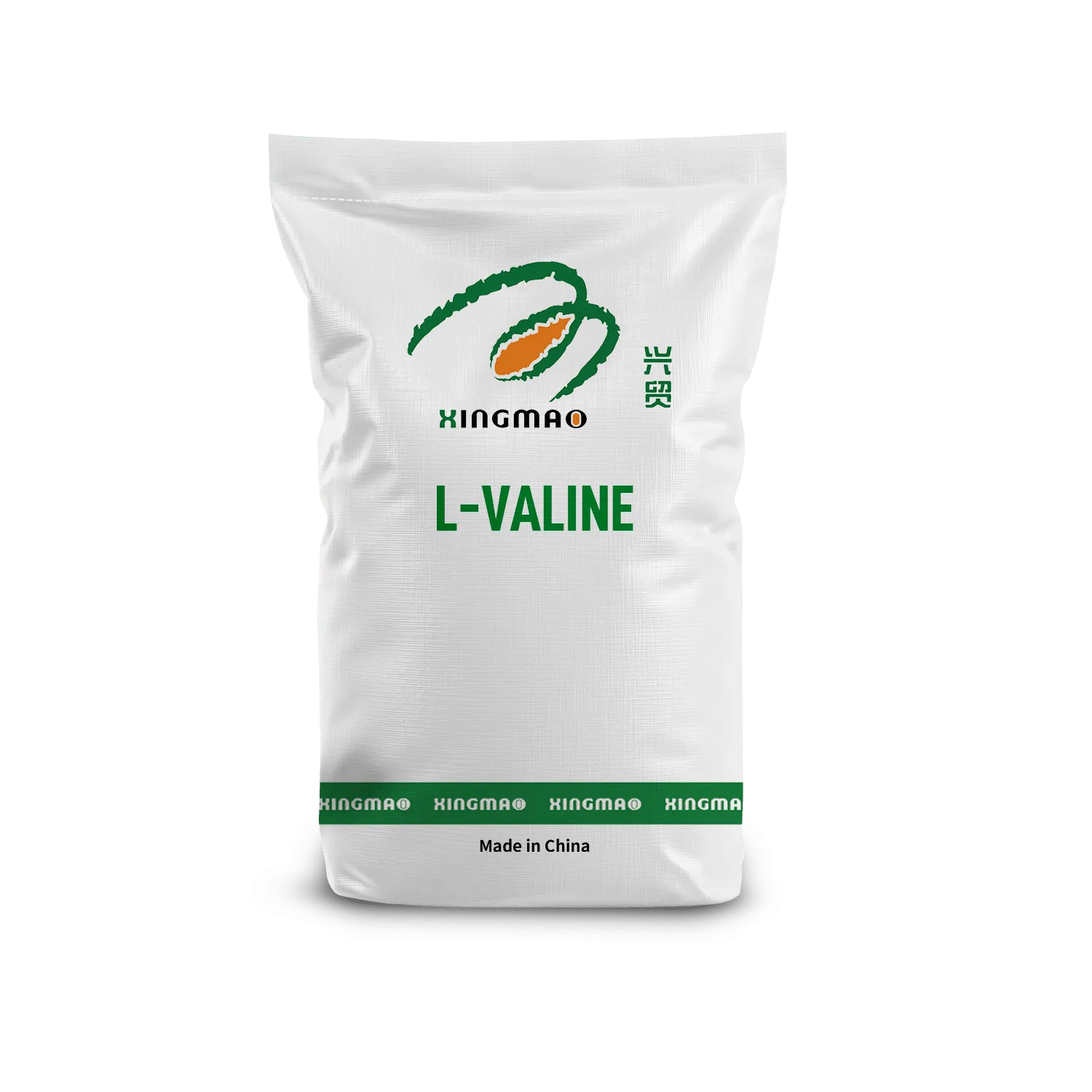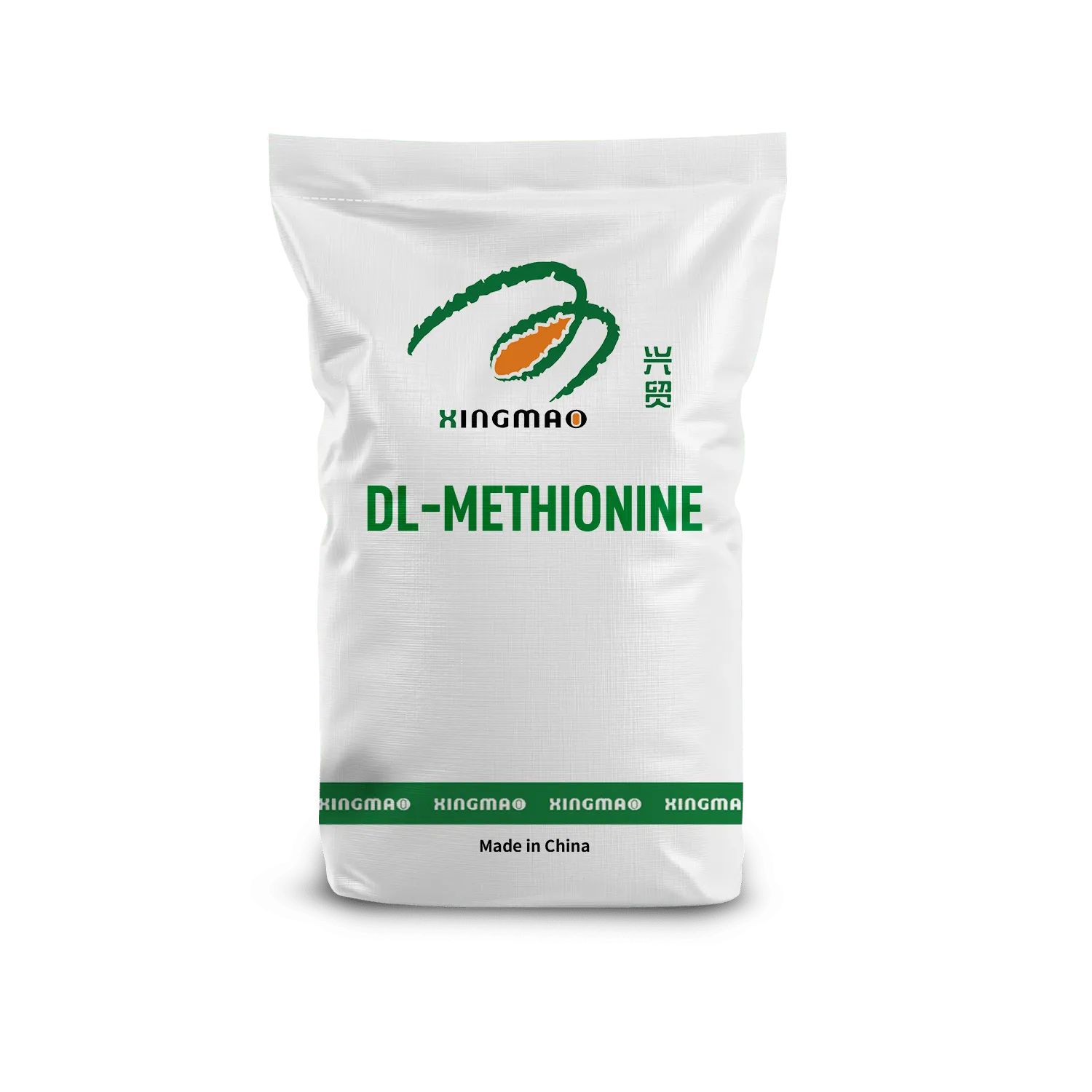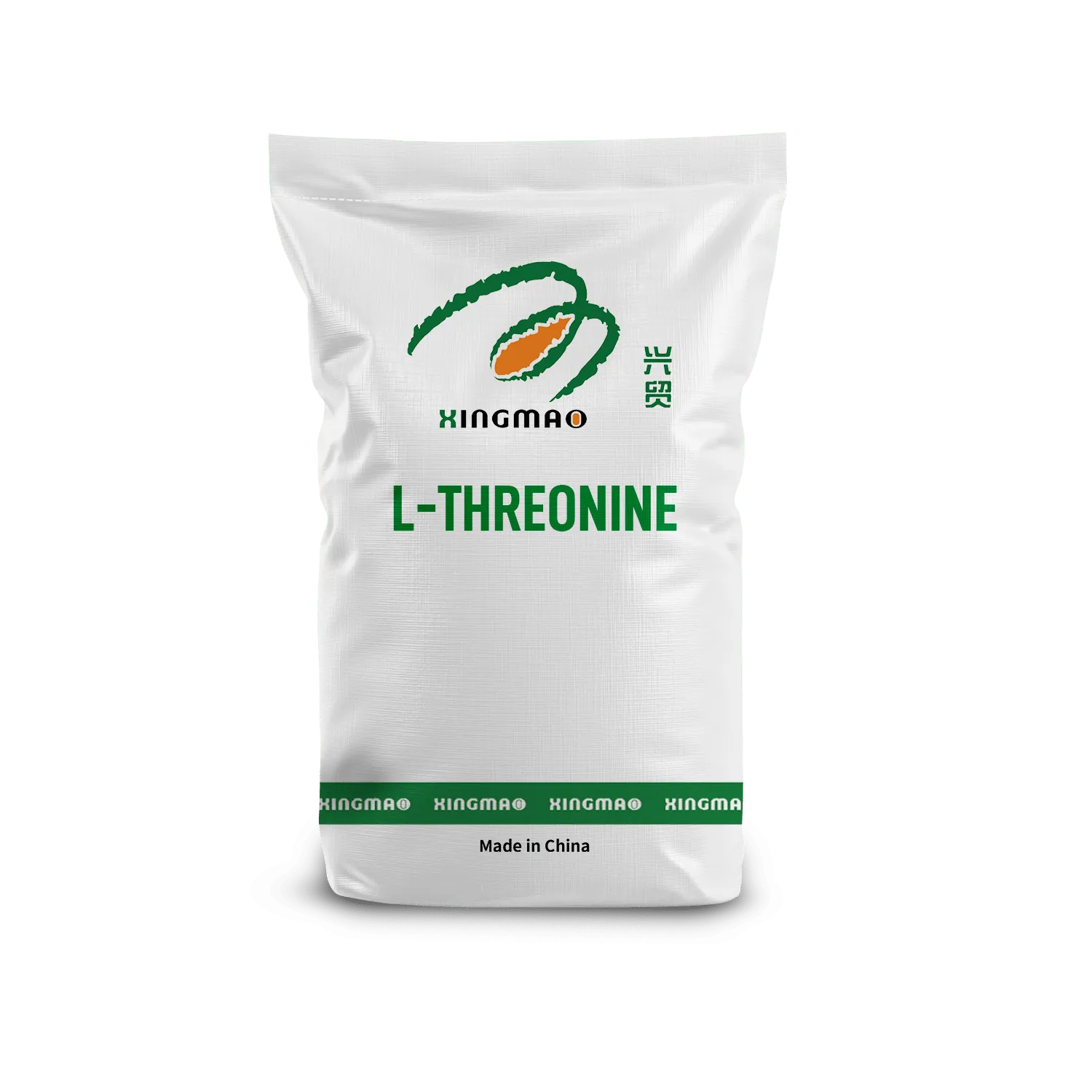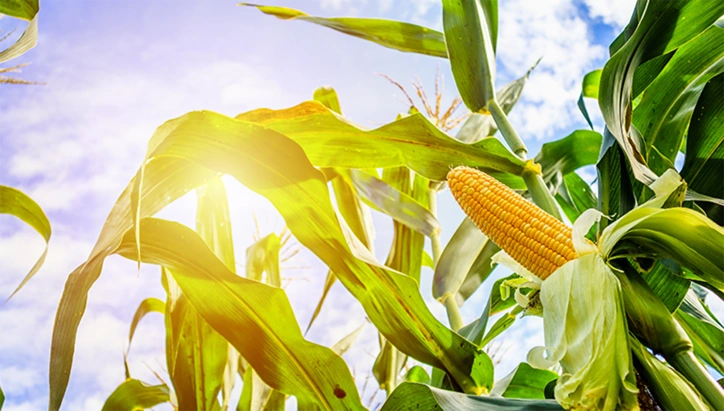Lysine is one of the indispensible amino acids with alkalinity, which can promote human growth, immune function, and improve the central nervous system function. As its content in cereals is very low and easy to be damaged and lost in the process of production, it is called the first limiting amino acid.
Key Indicators
Lysine HCL % dry basis ≥98.5;
Lysine Sulfate % dry basis ≥70
Standards Implementation
GB 34466-2017
Standard Packaging
25KG Paper / PP Bags, Jumbo Bag

Valine is one of the branched-chain amino acids. The animal body cannot synthesize it by itself and must be ingested from the diet to meet its nutritional needs. Therefore, it is an essential amino acid.
Valine plays an important role in the milk production of sows and the weight gain of piglets. At higher lysine levels, valine becomes the first limiting amino acid.
And it can also improve the immune function of animals. Valine deficiency reduces complement C3 and transferrin levels. Chicks lack valine and have a reduced antibody response to the virus.
Key Indicators
Valine % ≥98.0
Standards Implementation
GB 7300.104-2022
Standard Packaging
25KG Paper / PP Bags, Jumbo Bag

DL-Methionine Feed Grade is approved for use in all animal species. Especially when used in monogastric animals, it ensures an adequate supply of sulfur-containing amino acids.
Due to ecological reasons, considerable amounts of methionine are lacking in the diet formulations of piglets and growing pigs. This deficiency can be easily compensated for with feed-grade dl-methionine.
Key Indicators
Methionine % ≥99.0
Standards Implementation
GB/T 17810-2009
Standard Packaging
25KG Paper / PP Bags, Jumbo Bag

L-threonine is an essential amino acid that cannot be synthesized by animals. It can be used to accurately balance the amino acid composition of feed, improve the nutritional value and production performance of feed, reduce feed costs while meeting the growth and maintenance needs of animals, and increase body weight and lean meat rate. It is often used in feeding and breeding pigs, chickens, ducks and aquatic product.
Key Indicators
L-Threonine % ≥98.5
Standards Implementation
GB 7300.101-2019
Standard Packaging
25KG Paper / PP Bags, Jumbo Bag
Choline chloride is a kind of choline which is the most commonly used and economical. It is mianly used for mixing additives to animal feed. Choline chloride 60%/70% on Corn Cob is a yellow-brownish free flowing powder or granule. It is hygroscopic with slight odor and should be stored in dry conditions in closed bags.
Our Choline chloride is made by the raw materials of choline liquid which is produced by trimethylamine hydrochloric acid and ethylene oxide,adding corn cob through mixing and drying and so on.
Key Indicators
Choline Chloride % dry basis ≥60.0
Standards Implementation
GB 1903.36-2018
Standard Packaging
60%: 25KG Bag ; 75% Liquid: 230KG Drum,
IBC Drum, Flexitank

L-Tryptophan is an essential amino acid that is necessary for making proteins. It is naturally found in red meat, poultry, eggs, and dairy. L-tryptophan is important for many organs in the body. L-tryptophan is not made by the body and must be consumed from the diet.
Application: Feed industry
Key Indicators
L-Tryptophan % ≥98.0
Standards Implementation
GB/T 25735-2010
Standard Packaging
20KG Bag
